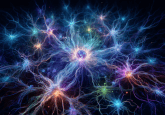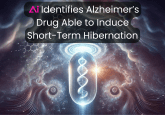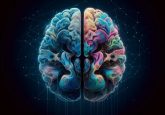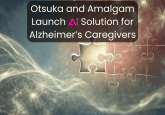Estimating brain age using EEG and AI
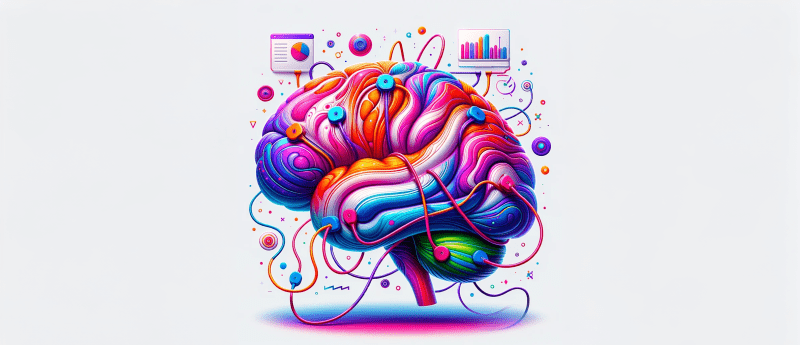
Researchers at Drexel University (PA, US) have pioneered an AI-based method that uses electroencephalogram (EEG) scans to estimate an individual’s “brain age,” potentially revolutionizing how we screen for and address age-related neurological conditions such as dementia and Parkinson’s disease.
The team, led by John Kounios from Drexel, developed this AI technique by adapting principles commonly used in machine learning from MRI to EEG data. Machine learning algorithms, traditionally trained on MRI brain images to identify age-predictive features, were taught to perform similar estimations using EEG scans. This innovation could make regular and early screening for degenerative brain diseases more widely accessible.
Kounios explained the process by drawing an analogy to guessing a person’s age based on their appearance. “Just as one might estimate age by physical signs like grey hair or wrinkles, our AI model learns from EEG patterns to predict brain age,” he said. This method allows for the identification of a “brain-age gap,” where discrepancies between a person’s biological age and their brain age could indicate early signs of cognitive decline.
EEG’s provide a less invasive and more cost-effective approach compared to MRI. Instead of undergoing expensive and cumbersome scans, patients can wear an EEG headset for a few minutes to get their brain age estimated. This accessibility could facilitate frequent screenings, not just in medical settings but potentially at home, making it possible to monitor brain health over time and assess the impact of lifestyle changes or medical treatments on brain aging.
The implications of this technology extend beyond clinical applications. As Kounios noted, “This can be used as a relatively inexpensive way to screen large numbers of people for vulnerability to age-related diseases. And because of its low cost, a person can be screened at regular intervals to check for changes over time.” This regular monitoring could help in evaluating the effectiveness of medications and other interventions aimed at slowing or reversing the effects of brain aging.
Drexel University has taken a significant step towards commercializing this technology by licensing it to Canadian healthcare company DiagnaMed Holdings, which plans to integrate it into a new digital health platform. This move could lead to broader implementation and accessibility of brain-age estimation, with potential impacts for healthcare practices and outcomes.

